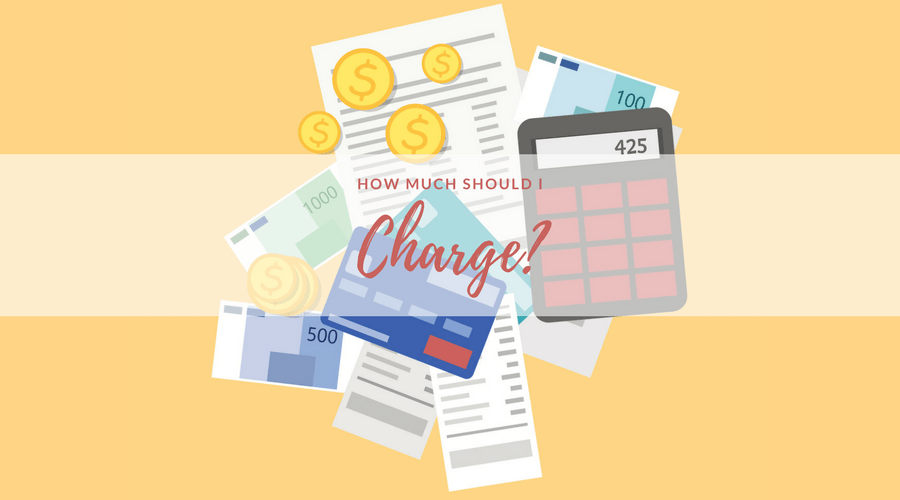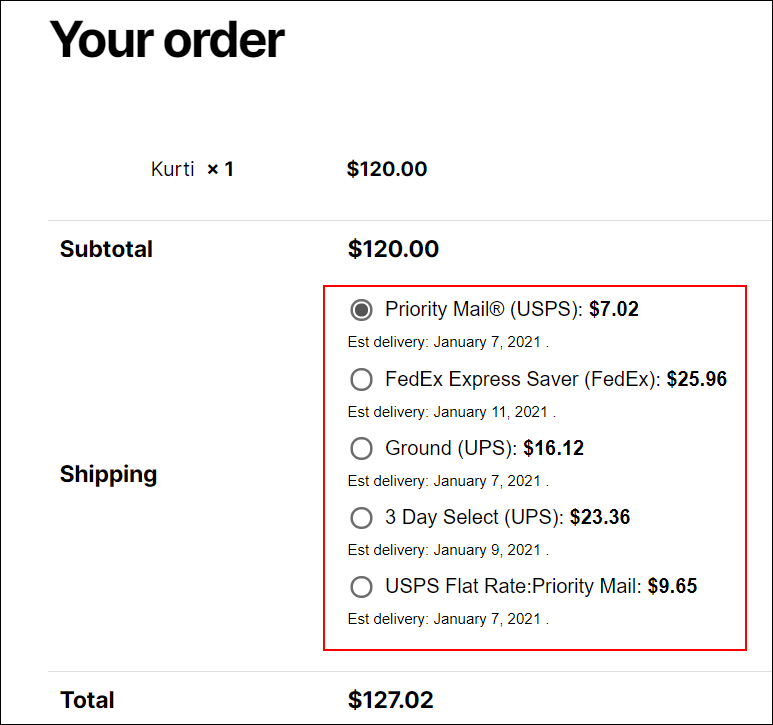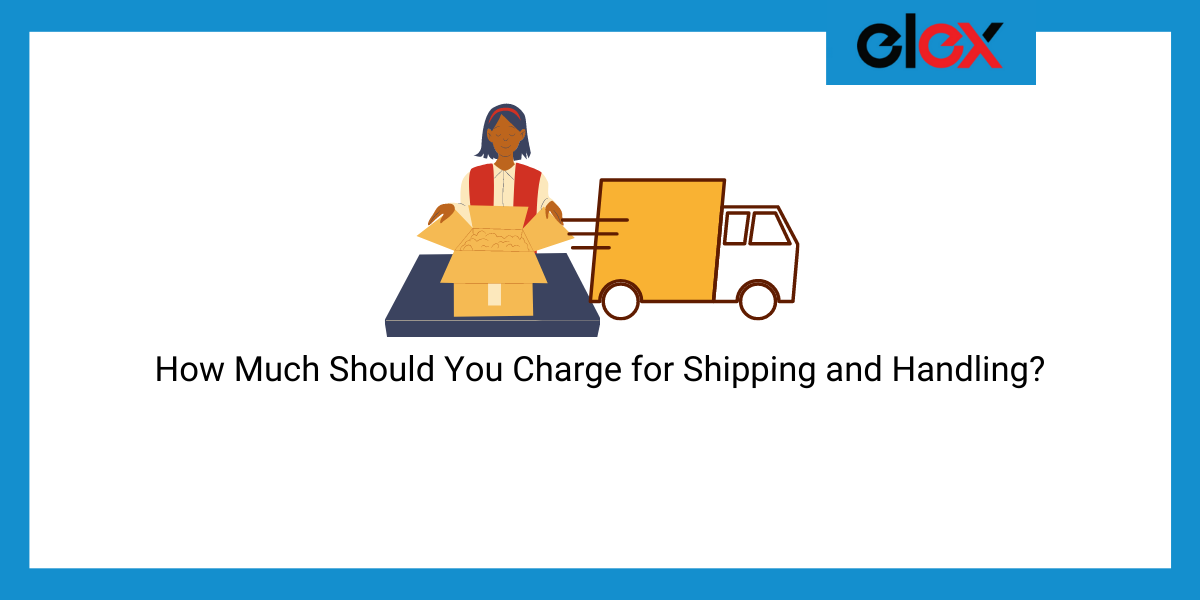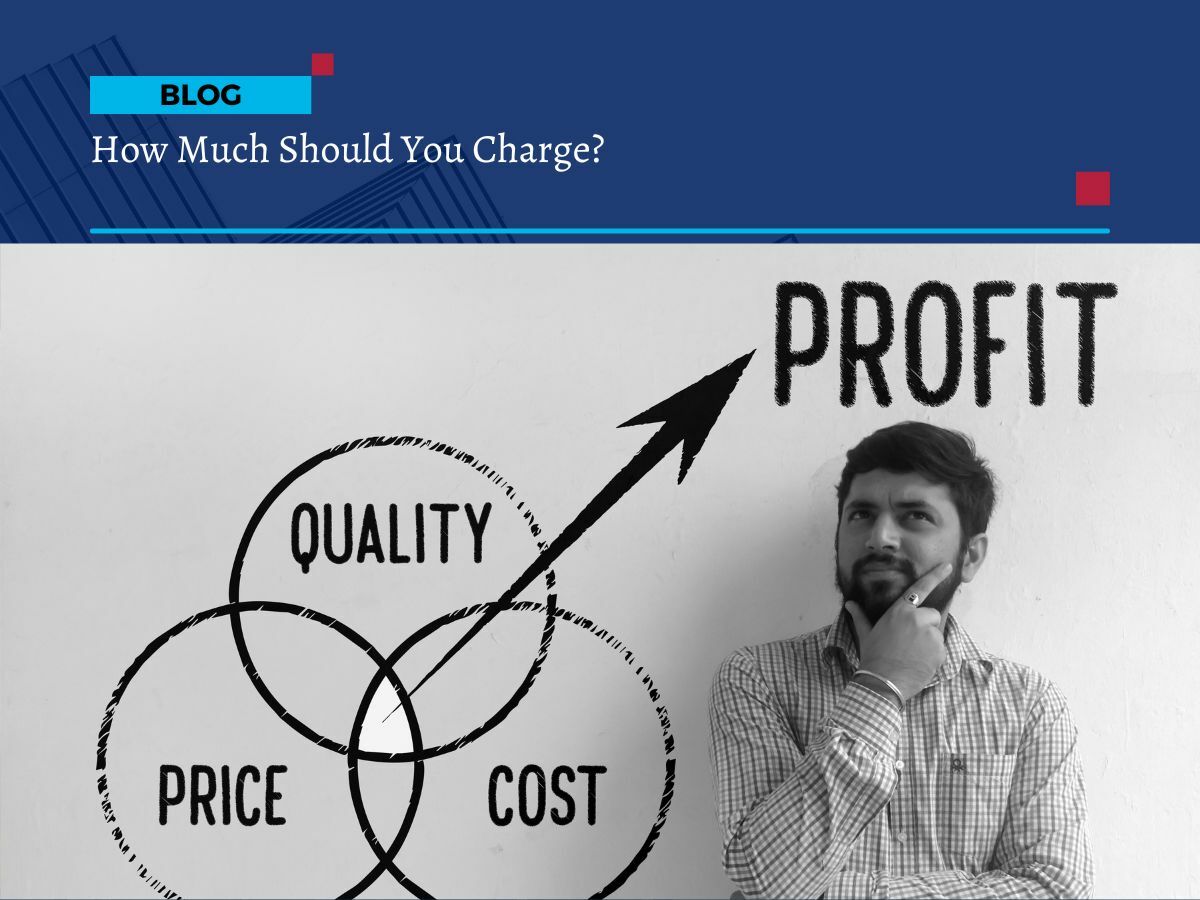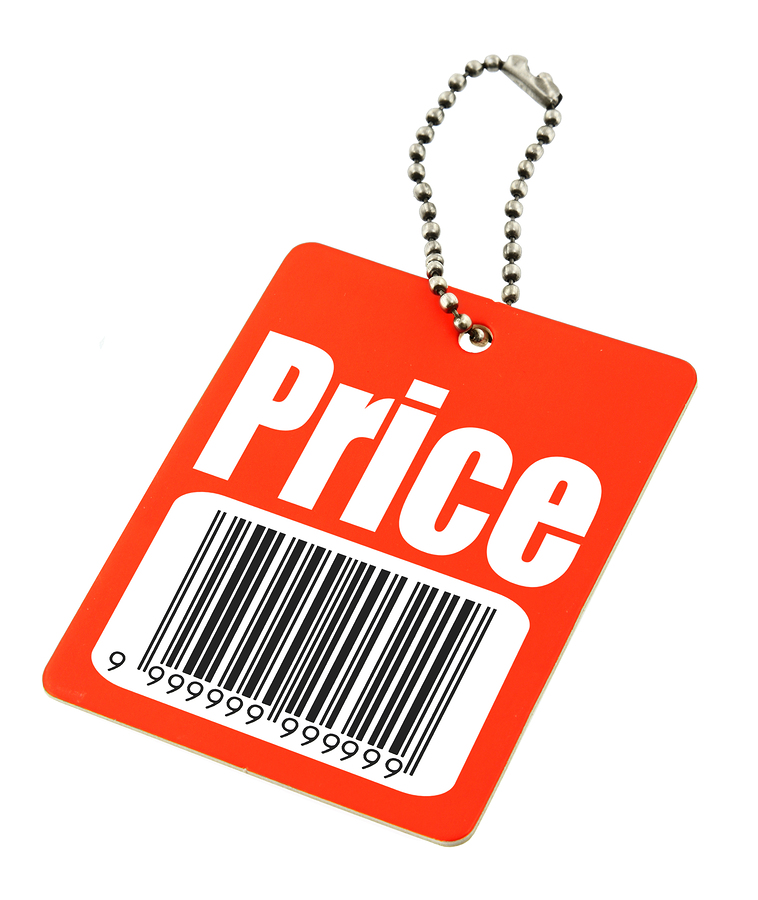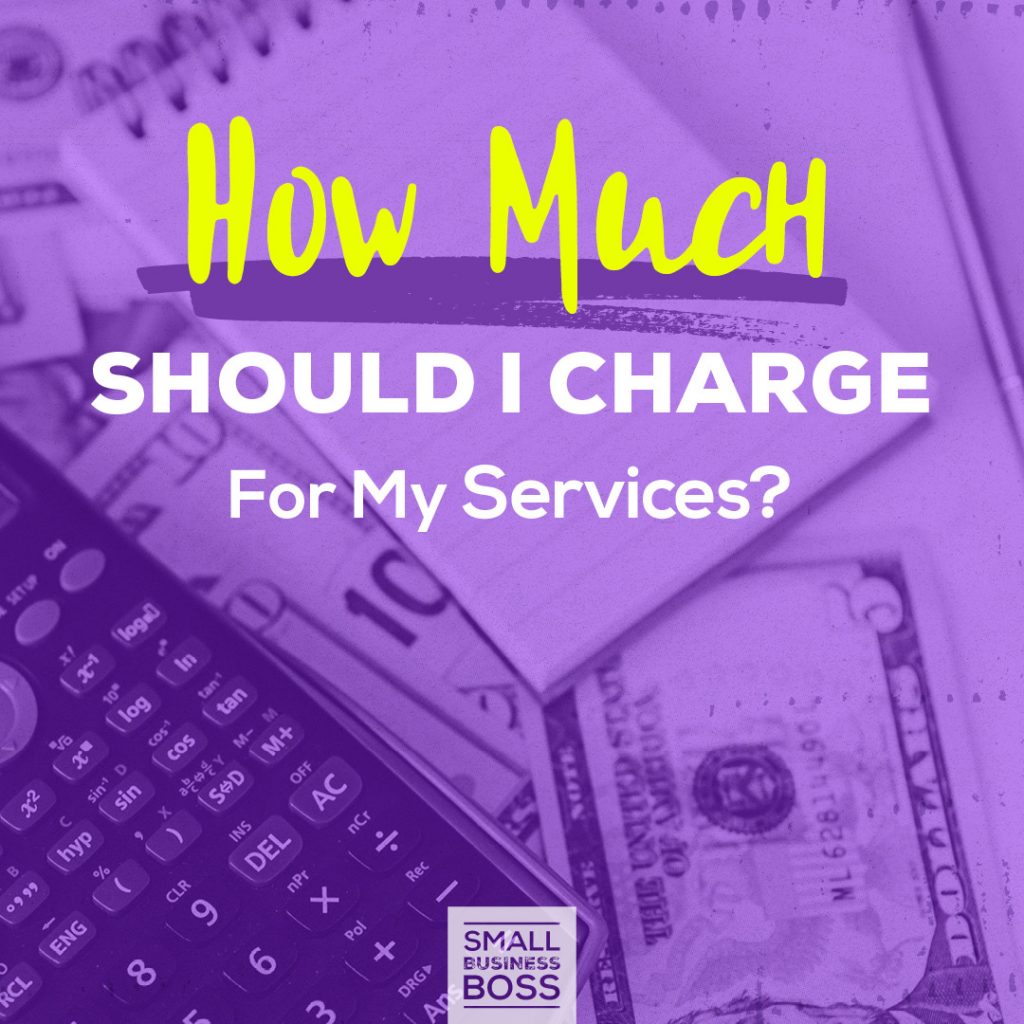How Much Should You Charge For A Product

Pricing a product can feel like walking a tightrope, balancing production costs, perceived value, and competitive pressures. Overprice it, and customers will look elsewhere. Underprice it, and you risk leaving money on the table, or worse, signaling low quality. So, what's the sweet spot?
Determining the right price for a product is a crucial business decision that directly impacts profitability, market share, and overall success. This isn't a one-size-fits-all answer; instead, it's a nuanced process that involves understanding your costs, your target audience, and the competitive landscape.
Understanding Your Costs: The Foundation of Pricing
The first step is to calculate your cost of goods sold (COGS). This includes all direct costs associated with producing your product, such as raw materials, labor, and manufacturing overhead. Knowing your COGS provides a baseline below which you cannot sell without losing money.
Beyond COGS, you need to factor in operating expenses, including rent, utilities, marketing, and salaries. These are fixed and variable costs. Calculating a break-even point, where total revenue equals total costs, is essential for understanding the minimum sales volume required to avoid losses.
Value Perception: What's it Worth to Your Customer?
Price is intrinsically linked to perceived value. What problem does your product solve? What are the benefits it offers? Are you selling a necessity or a luxury?
Consumer surveys and market research can provide valuable insights into how customers perceive the value of your product. Understanding this perceived value allows you to price accordingly, potentially charging a premium if your product offers unique features or benefits that justify a higher price.
Competitive Analysis: Know Your Rivals
Analyzing your competitors' pricing strategies is crucial. Are they pricing lower to gain market share, or are they focusing on a premium strategy? How does your product compare in terms of features, quality, and brand reputation?
This competitive analysis helps you position your product effectively. If you offer a superior product, you might justify a slightly higher price. If you're entering a crowded market, you may need to be more competitive on price to attract customers.
Pricing Strategies: A Toolbox of Options
Several pricing strategies can be employed, each with its advantages and disadvantages. Cost-plus pricing, where you add a fixed markup to your COGS, is simple but doesn't consider market dynamics.
Value-based pricing sets prices based on the perceived value to the customer, potentially leading to higher profits but requiring a deep understanding of customer needs. Competitive pricing involves matching or slightly undercutting competitors' prices, useful for gaining market share but potentially squeezing profit margins.
Dynamic pricing, adjusting prices in real-time based on demand and other factors, can maximize revenue but requires sophisticated technology and data analysis. Psychological pricing uses tactics like ending prices in .99 to create the perception of a bargain.
The Impact on Businesses & Consumer
Pricing impacts on business growth are multi-fold. It can determine whether the product is profitable enough to sustain operations. It also affects the brand perception, leading to a long-term impacts.
The pricing is also affecting the purchasing decision.
"Consumers are very sensitive to pricing changes," said Dr. Anya Sharma, a marketing professor at the University of California, Berkeley. "Small changes in prices can significantly impact the demand."
Long-Term Considerations
Pricing isn't a static decision. As your business evolves, you may need to adjust your pricing strategy. Factors like changing market conditions, new competitors, and evolving customer preferences will necessitate ongoing analysis and adjustments.
Consider the long-term implications of your pricing decisions. Lower prices may attract customers initially but could erode brand value over time. Premium pricing can establish a strong brand image but may limit your target market. Regularly evaluate and refine your pricing strategy to ensure it aligns with your overall business goals.

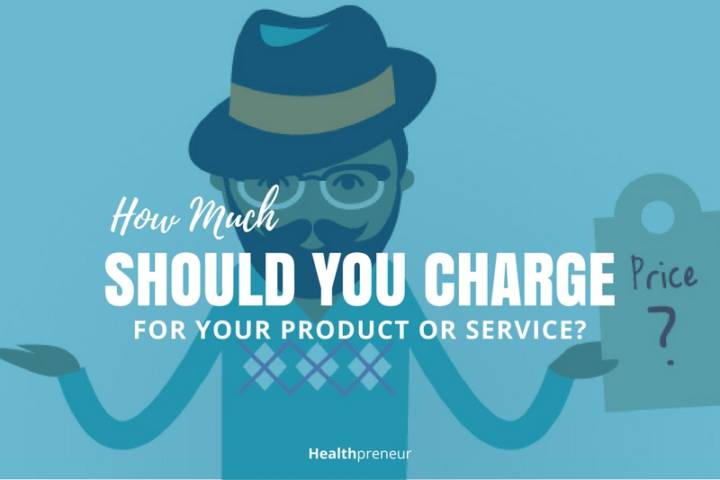
![How Much Should You Charge For A Product How Much Should You Charge? [Avoid These Pricing Mistakes!]](https://freelancemile.com/wp-content/uploads/2024/07/how-much-should-i-charge-1024x576.jpg)


